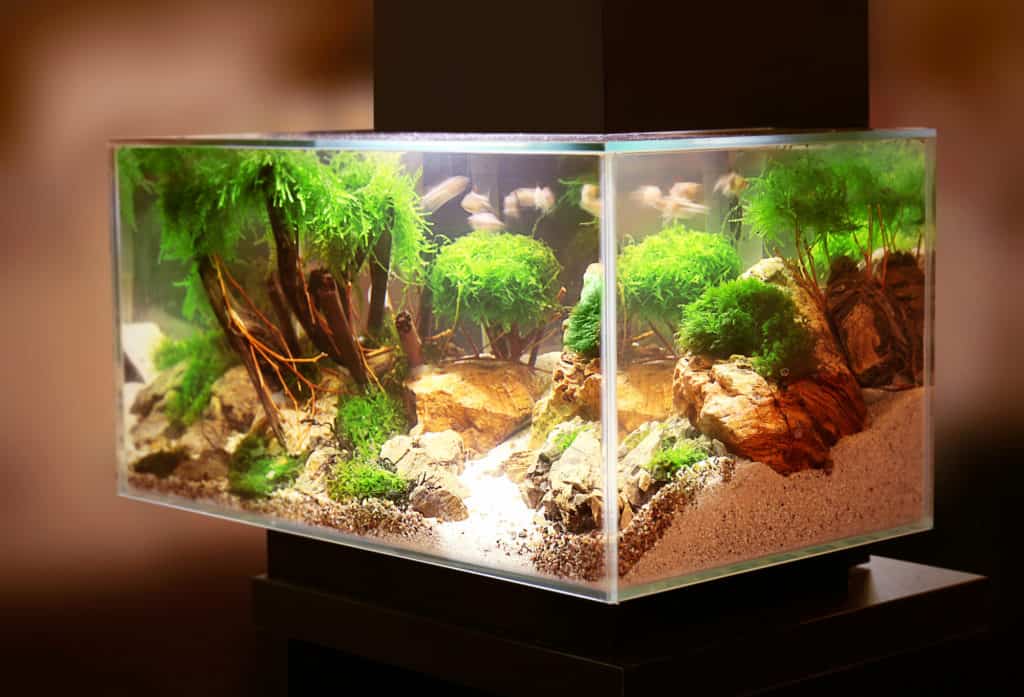
Every aquarist wants to take great care of their fish, from feeding them well to making sure their tank is just right for them.
That includes making sure the temperature, water hardness, and pH are all just right.
You know that the right pH in your fish tank is important and can vary from fish to fish.
What do you do when you test your water and find it’s far too high?
Lowering your tank’s pH should be a quick fix.
You’re worried for the health of your fish, and you want to fix the problem as soon as possible, but all you have is diluted white vinegar!
Don’t worry. This guide will provide all the information you need.
How to Lower pH in Your Aquarium with Vinegar

Gathering Your Supplies

Before you can get started on lowering your tank’s pH, you’ll need the proper equipment.
To get started, you’ll need:
- Diluted white vinegar
- A measuring cup
Once you have the right vinegar and something to measure it, all you have to do is add it to your tank.
You don’t even have to disturb your fish by taking them out of their happy home.
Whenever you’re ready, just follow our steps to get started.
Step 1: Measuring the Vinegar
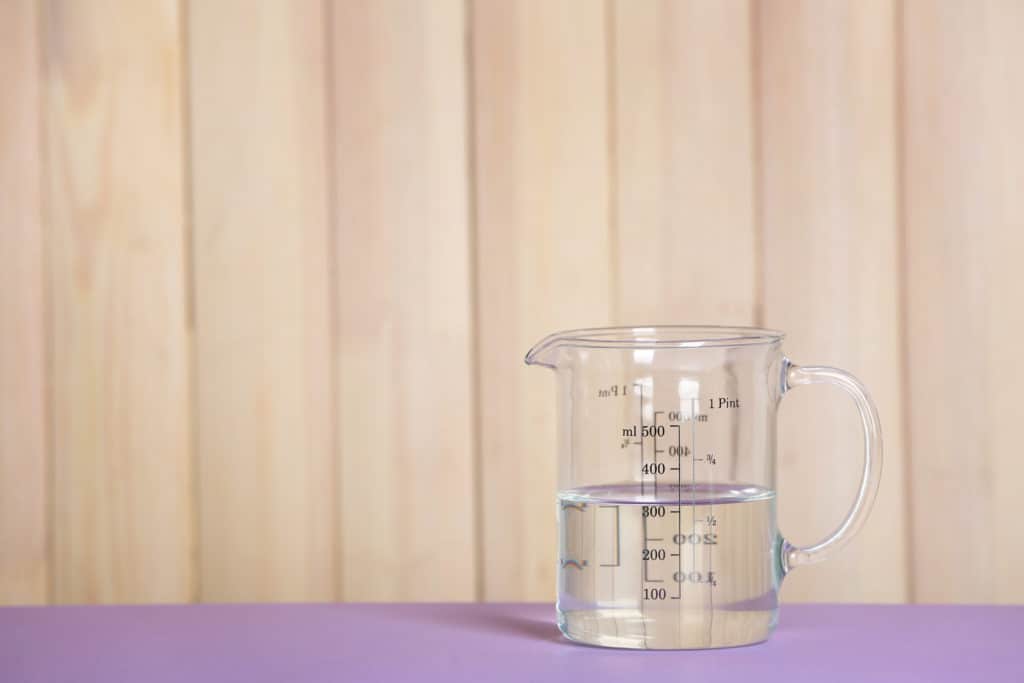
The first thing you want to do when lowering your tank’s pH with vinegar is make sure you don’t use too much.
Vinegar can be toxic to fish, and it’s important to have exact measurements.
Never use more than 1 ml of vinegar per gallon of water in your aquarium.
Make sure to double-check your measurements on a flat surface to make sure you don’t accidentally add too much.
Measure twice, pour once!
Step 2: The Main Process
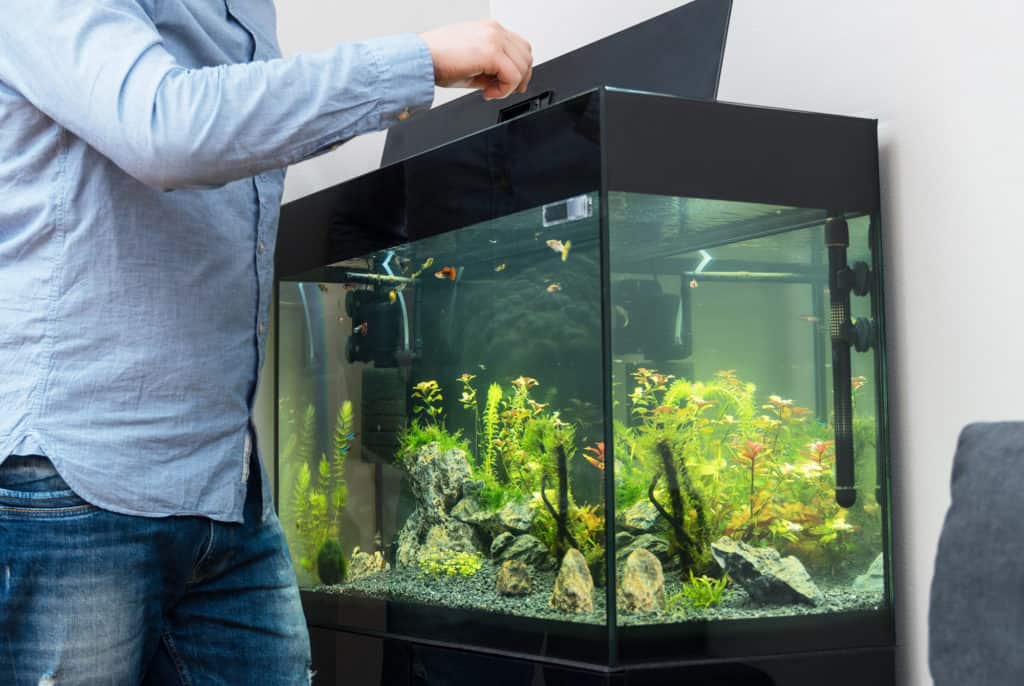
Begin adding small amounts of vinegar to your tank, checking the change with pH strips as you go.
You don’t want to add too much and lower the tank’s pH below what you need.
Try to pour your vinegar slowly so you don’t disturb or shock your fish—or make a mess in the process.
Step 3: Good Things Come to Those Who Wait
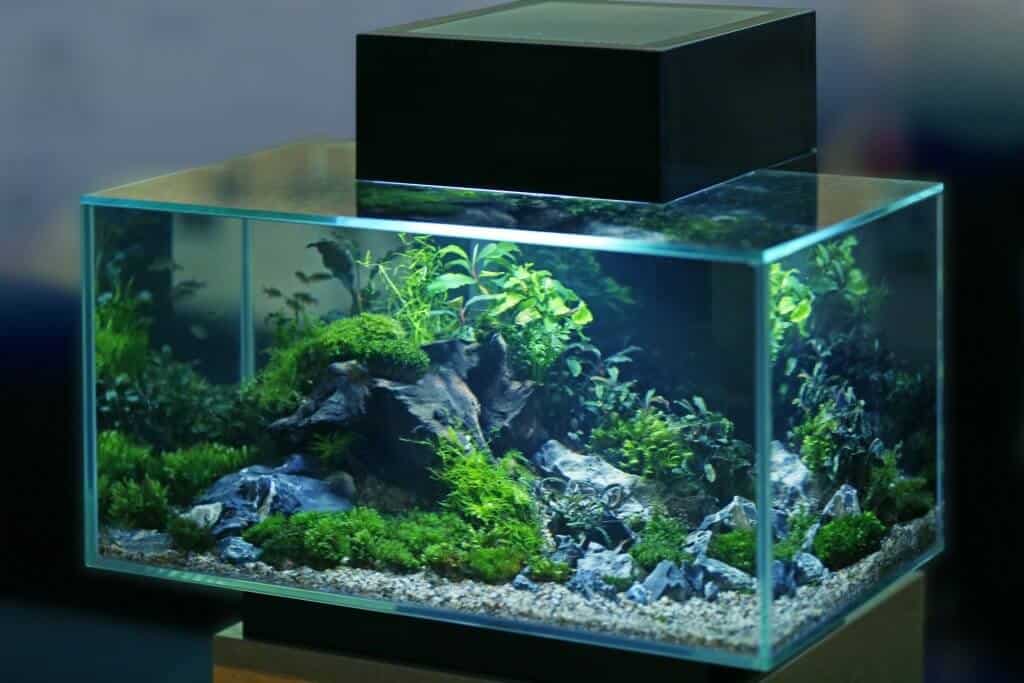
Now is the time to play the waiting game.
Your tank will need a few hours for the change to fully set in.
Once those few hours have passed, come back to your tank and move on to the next step.
You might have to wait over the span of a day or so, since the water change is so slow.
Thankfully, it gives you time to observe your fish. Watching their behavior can give you a window into how the pH change is affecting them.
Step 4: Testing your Tank’s pH
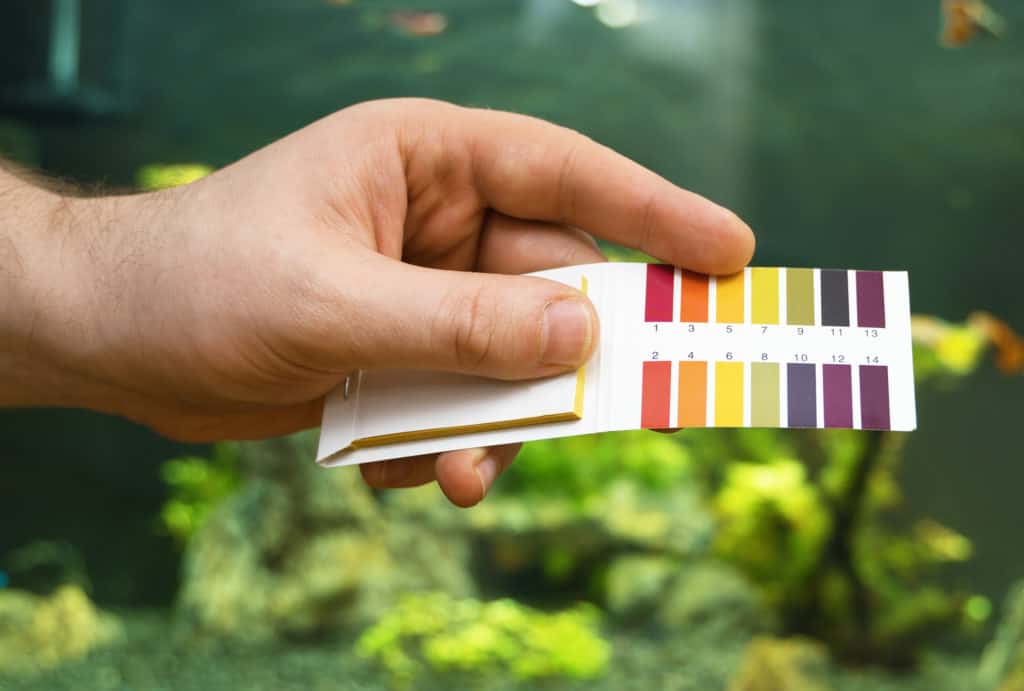
Finally, all there is left to do is check the water’s pH.
Testing the water yourself is easy.
You can find kits made for aquariums in just about any local pet store or online.
If it’s where you’d like it to be, then you’re done for now! If not, we recommend using another method to lower the water’s pH.
And remember that vinegar is only a temporary fix.
For long lasting results, we have to recommend adding peat moss or attaching a reverse osmosis filter.
Though the latter works better in larger tanks.
Why You Want to Balance Your pH

Proper pH in a tank is very important.
The water’s pH directly impacts your fish’s health.
For some fish, it could be a matter of life and death.
If the pH in your tank becomes too high, it can cause damage to your fish’s gills, skin, and eyes.
It can even prevent them from disposing of their metabolic waste.
A high pH can also increase toxicity of substances that are already in your tank.
Take ammonia, for example.
Ammonia in tanks is fine in low concentrations, but when its pH level rises to 8 rather than 7, it becomes 10 times more potent, and becomes toxic.
The best pH range for tanks is between 5 and 9.
Any higher or lower, and your fish won’t be able to live in those waters.
You’ll want to adjust it to accommodate different types of fish to keep them at their best – always do your research on what pH levels your fish will thrive in.
What Throws off pH?

You might be wondering what throws off your tank’s pH balance in the first place.
The short answer is that there are a few factors.
Your pH can be affected by the source of your water, various chemical concentration levels, and trace mineral content.
It can also be thrown off by things like a failing filter, and too much driftwood or certain types of moss.
If you’ve noticed a sudden change in your water’s pH, it might be wise to take a look at any medications or decorations you might have added to your tank recently – pinpointing the source of the pH change will help you combat it.
How Vinegar Lowers pH

Vinegar is a very helpful tool when it comes to lowering pH.
It works in two parts. It starts with the hydrogen ions being released by the acetic acid in the vinegar.
This is an immediate effect called ionization, which converts your water to C02.
Then begins the second step.
Bacteria and other organisms in your tanks start to metabolize the acetate, releasing carbon dioxide and taking up oxygen.
This second step takes hours to complete, once it’s done, the increased C02 reduces the pH in your tank.
A deeper Dive Into Water Chemistry

If you already love chemistry, taking care of your tank’s pH should be a breeze.
If not, then don’t sweat it. Anybody can learn.
Sometimes all you need is a quick introduction to set you on your way.
The pH (potential of hydrogen) scale measures the concentration of hydrogen ions in various substances.
It has a scale ranging from 1, which is highly acidic, to 14, which is alkaline.
The pH scale is used to measure the acidity in water.
The more acidic your water, the more likely it is to burn your fish and kill any eggs your fish have laid.
On the pH scale, the more acidic your water, the lower its number will be.
The higher that number, the more it’s on the neutral (or alkaline) side.
Water that is too alkaline is also bad for your fish.
It can raise toxicity in your water, and even make it hard for fish to breathe.
Different Vinegars and How They Might Harm Your Fish

We feel that we must stress why it’s so important to only use small amounts of distilled white vinegar.
Other vinegars are toxic to fish.
Other vinegars, like wine and apple cider vinegar, can contain things like yeast and other unidentified components which can potentially kill or seriously harm your fish.
That being said, since there isn’t a specific material in vinegar that has been pinpointed as the harmful component, no vinegar should be assumed to be completely safe.
Only use small amounts of the safest vinegar: white diluted.
The key is to find a happy medium.
Water that is too acidic can injure your fish, and water too alkaline can also hurt them.
Plus, any sudden, harsh changes in the water chemistry can cause shock, which is something you want to avoid by making changes very, very gradually.
Other Ways to Lower pH
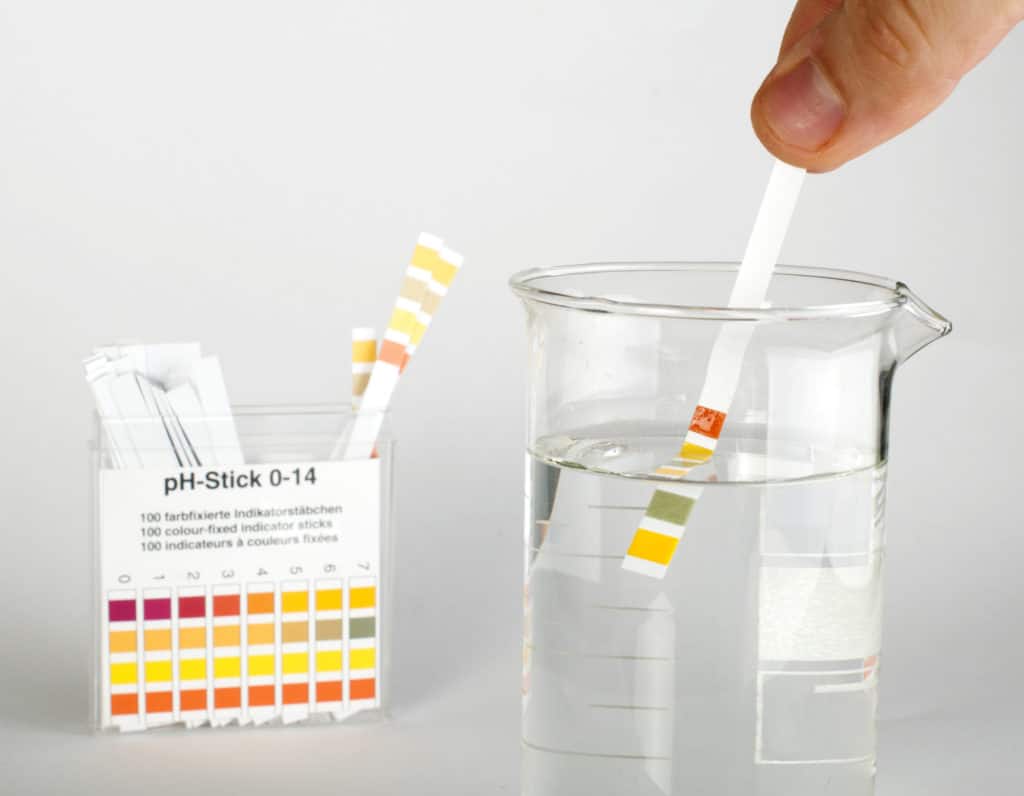
Vinegar isn’t the only way to lower tank pH. there are other methods which can help keep your pH consistent.
We’ve already mentioned peat moss once, but what is that, exactly?
Peat moss is a type of moss that will release gallic and tannic acid into your tank’s water to reduce its pH.
It will lower the hardness, too.
It’s best to start off with smaller clumps and closely monitor how it affects your pH.
Another method we mentioned was a reverse osmosis filter.
It works by using a semipermeable membrane to filter things like heavy metals, pesticides, and arsenic out of your tank’s water.
While a little more expensive, a reverse osmosis filter will keep your tank’s pH at the right level.
Finally, our third option might surprise you.
You can use driftwood to lower your tank’s pH.
Adding natural driftwood is probably one of the safest ways to lower pH in your tank.
What happens is the driftwood releases tannins into the tank, which is what lowers the pH.
And keep in mind that not all driftwood works the same way, and it’s best to do your research on each piece of driftwood you plan on adding.
What is Tannic Acid?
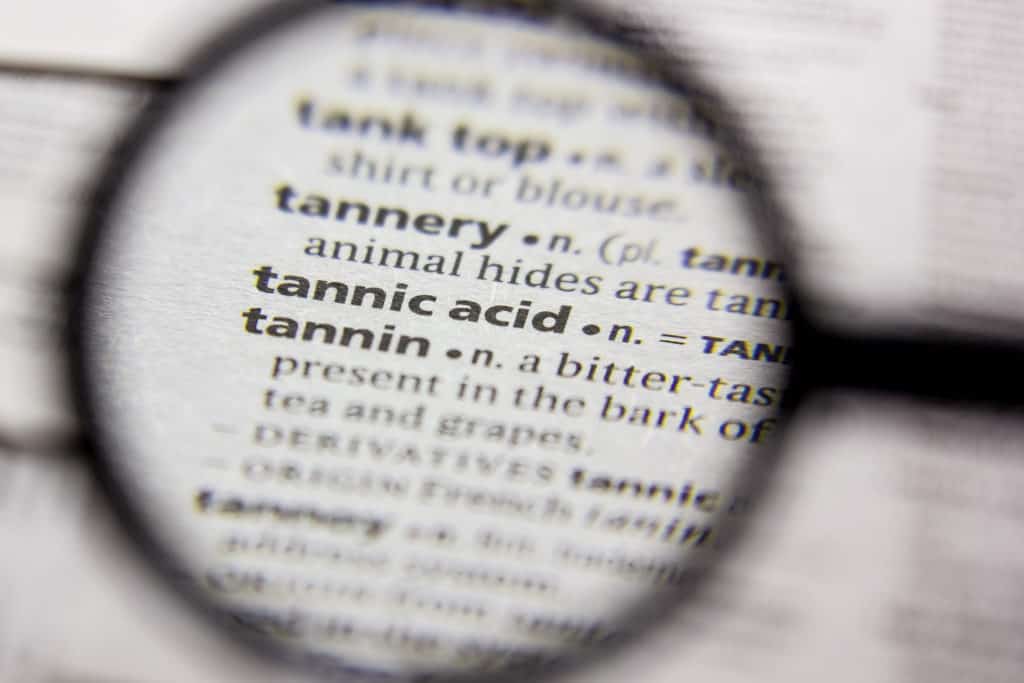
Speaking of tannic acid, what is that stuff, anyway?
What role does it play in changing your tank’s pH?
Tannic acid is a form of tannin, which is a type of polyphenol.
It has a weak acidity and is generally found in different types of wood.
When you place a piece of driftwood in your tank, the tannic acid makes its way into the water, which is what lowers the overall pH.
Our Tips for You

Before you set off to lower your tank’s pH, we would like to share our thoughts and advice.
The first is, even if you don’t feel like it’s that important, keep an eye on your fish and their general behavior.
If you notice any behavioral changes that seem to be taking a turn for the worse, checking your water’s pH should be one of the first things you do, aside from making sure their water is clean and they’ve been fed recently.
Another tip we have is to measure as accurately as possible when lowering your tank’s pH with vinegar.
What you’ll be doing is chemistry, and safety should always be your first priority.
Finally, when adjusting your tank’s pH, it’s best to try to keep your fish as comfortable as possible.
This means avoiding taking them out of their home by using gentler methods of lowering their pH before moving to more extreme measures.
That’s why using vinegar for small adjustments is the best thing to do first.
Your pH Is A-Okay
That’s all you need to know about lowering your tank’s pH with vinegar, from how it’s done to why you should do it.
With this guide, you’ll never be lost again—when it comes to tanks and their pH, that is.
After about a day has gone by, you should be able to detect a distinct change in the water, and maybe even a change in your fish’s behavior.
We hope your tank balances out, and all of your fish and plants get the healthy environment they deserve.
How are your fish doing since the pH change?
Do you recommend lowering a tank’s pH with vinegar?
Leave us a comment below! We’d love to hear from you.
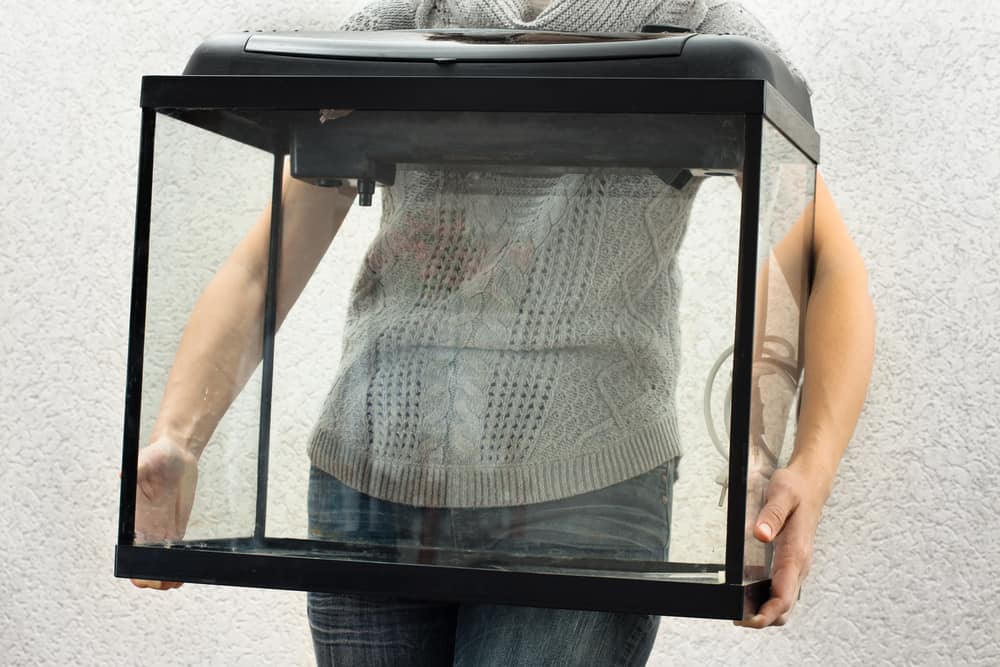

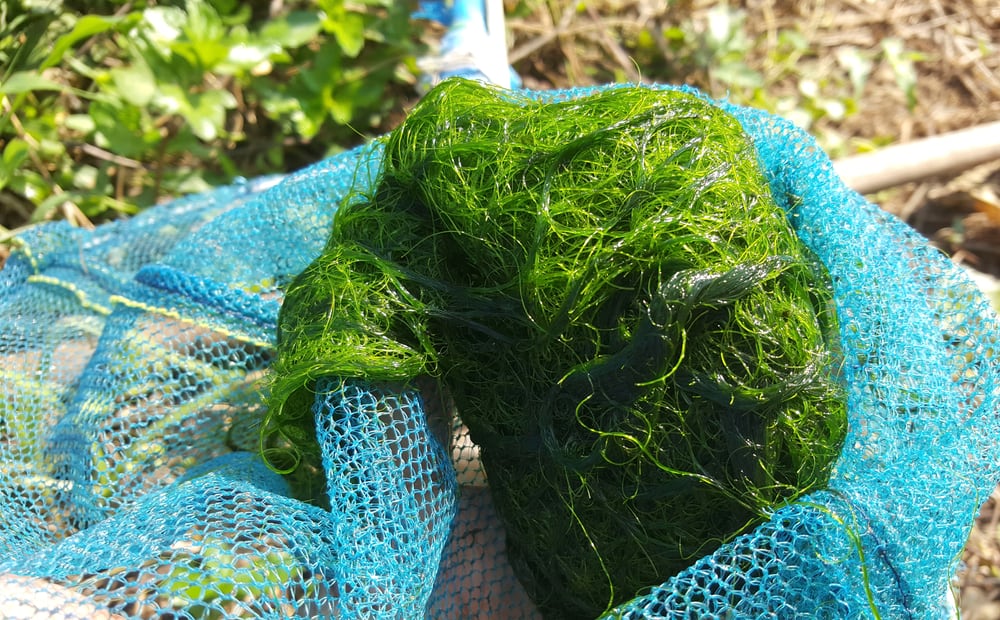
Leave a Reply
You must be logged in to post a comment.